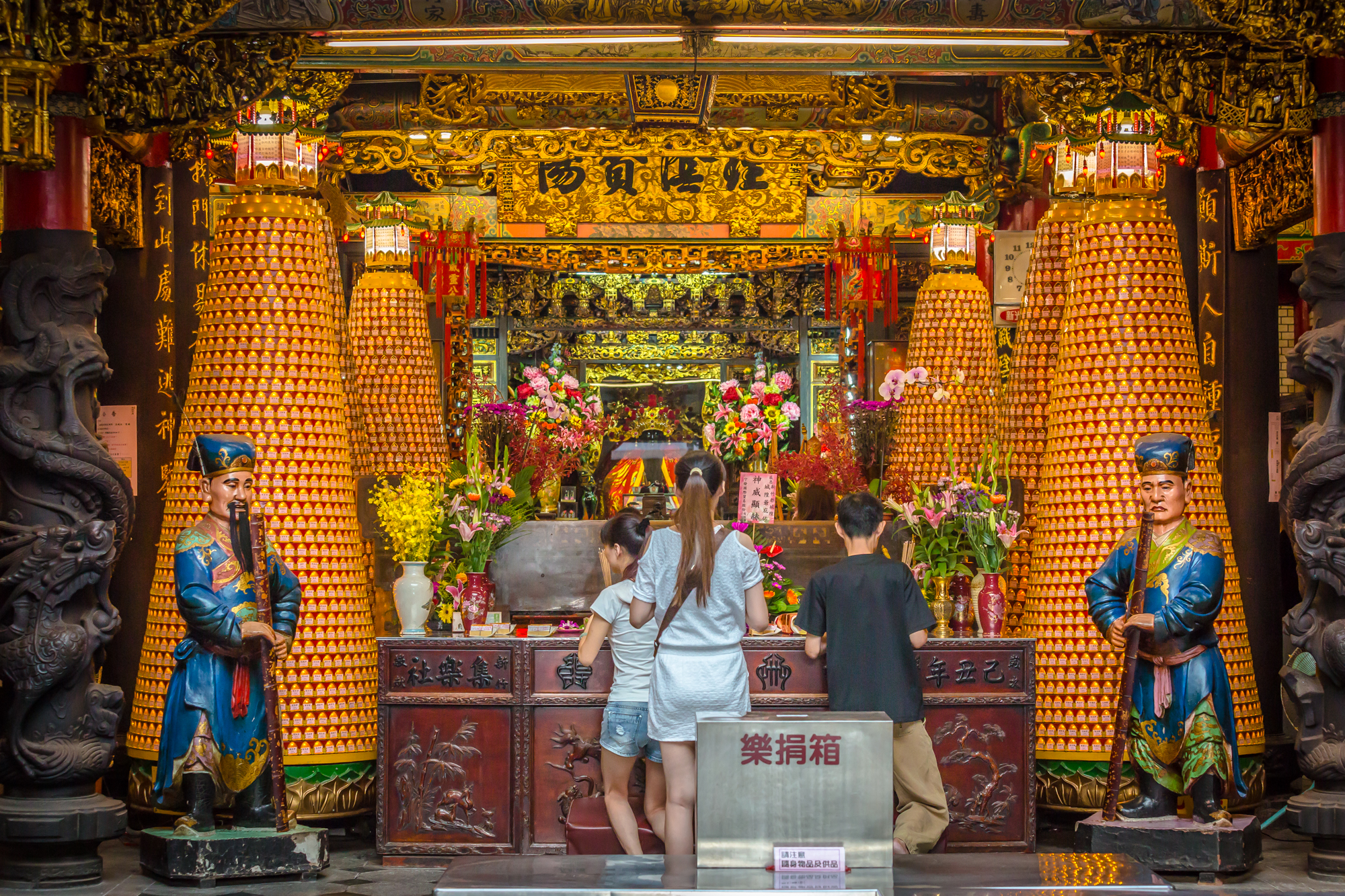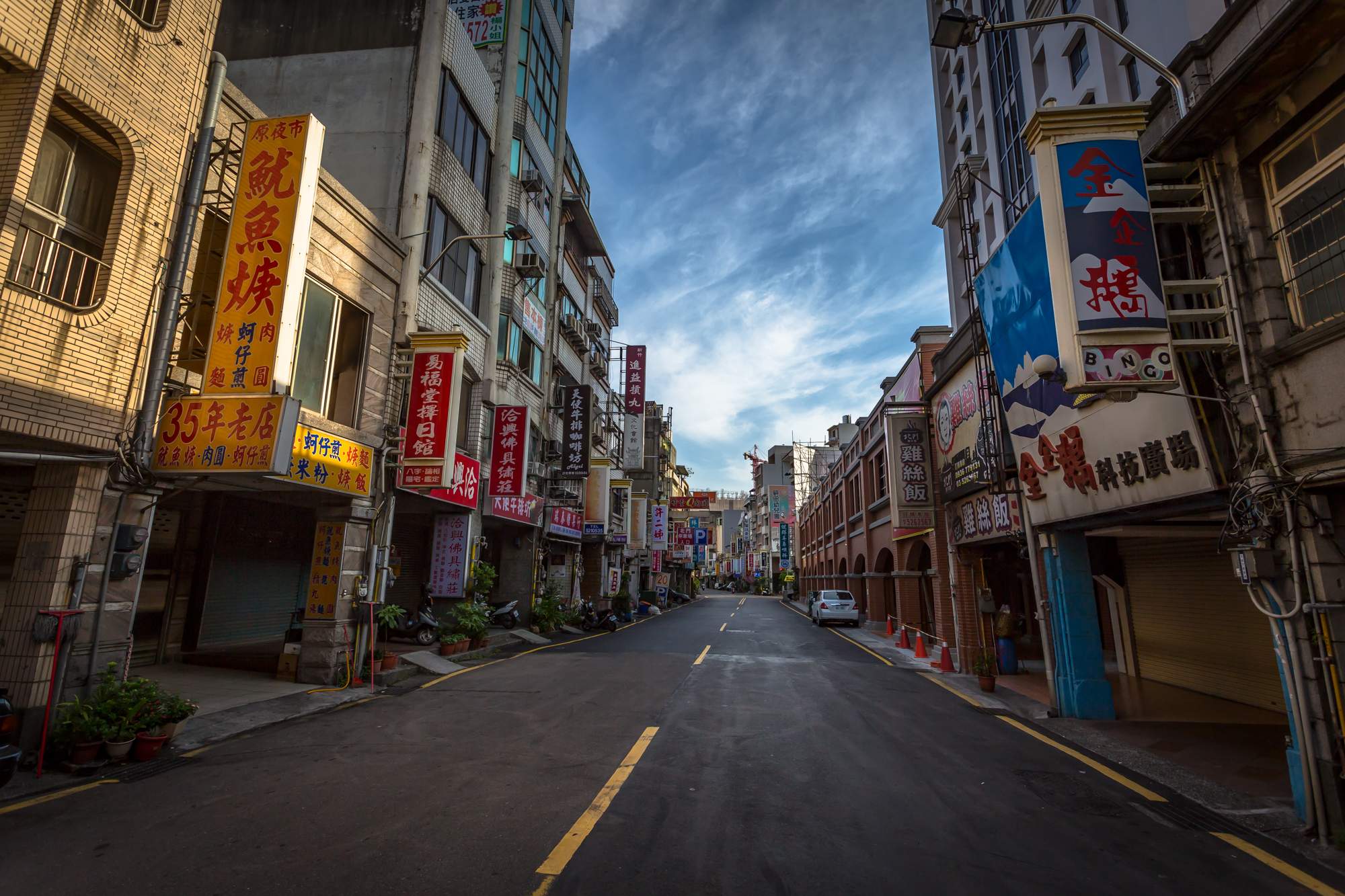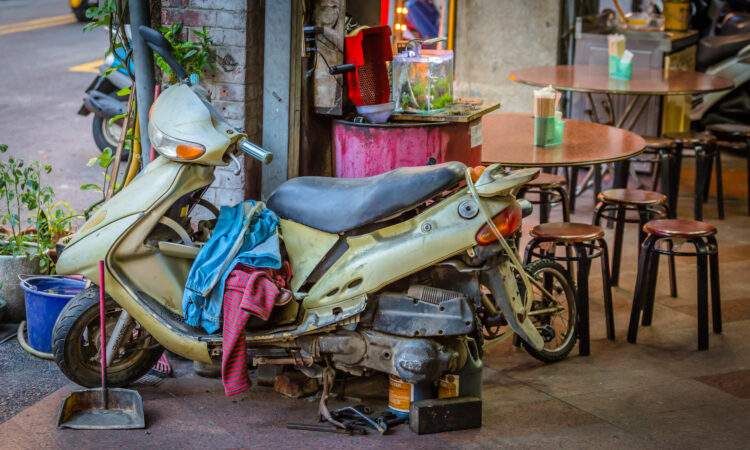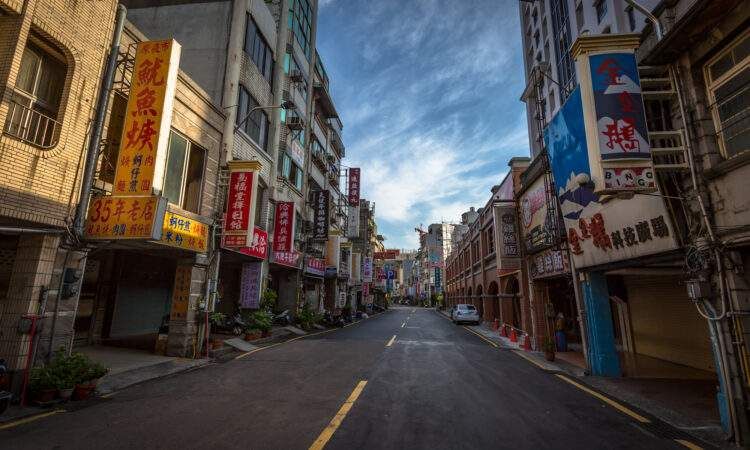Author: Mingli Lee
Introduction
What is your favorite time of a day on Beimen Street? Perhaps early morning? Noon? Evening? Or late night? ‘Gaze Into the Street’ is an exhibition combining the photographic view and the narrative view from a Taiwan-based Austrian photographer and a heritage curator who just moved to Hsinchu City. Deriving from the question asked, the two newcomers of the city walked back and forth and day and night on Beimen Street for one and a half month to develop the exhibition and exchanged their views through cross-cultural dialogue.
There have always been disputes on the rapid change of Beimen Street and the new insertions and development in the neighborhood. The new insertions could be seen as the invasion erasing the historical context of the place or as the realization of people’s imagination toward a more modern and more convenient life. Some may like the status quo or some may feel offended and disturbed. However, no one has really witnessed the 19th century’s prosperity of the grand street as described in history and it made us all newcomers today. The way we live and interact with the street today will keep altering its appearance of tomorrow. From the three collections of works presented—From Time to Times, Codes, and Sound of the Universe—let us all slow down and take a good look at the old street in the newcomers’ ‘Gaze.’
About Michael Geier
Michael Geier is a Taiwan-based Austrian filmmaker and photographer. He has lived in Taiwan for over a decade and he loves to show Taiwan to the world as well as to the people already living here. He works on various projects such as documentaries and short and feature films.
[1] From Time to Times
From Time to Times is a collection of 24 photos that illustrate the change within 24 hours of a day on Beimen Street. Time is an intangible form of force that leaves marks on objects in a real-life space. Looking into the marks left by time on the street in the images is like the process of discovering the cultural layer shaped by times and human activities above the ground. By sorting the images, we reconstruct the sense of the place hidden on the façade or in the small things on the street. There are around 2500 photos taken in total by Michael Geier in different times of a day in this one-and-a-half-month project. This series of photos create an intense ‘sense of time’ flowing in the change of the natural light in a day. From the content of the photos, the objects are the evidence of history and different times of history encountered in the photographer’s frames. Regardless of the intention of the photographer, these valuable encounters of history are kept forever in the images and represent both the existence of the referents and the photographer.

[2] Codes
There is a sequence of photos of street signs or banners with Chinese words on them. With very limited Chinese capacity, these photos open a window of curiosity for the viewers—how does Michael Geier, a German native speaker, perceive the ‘Chinese messages’ in these photos? Is he looking at the graphic design? Did he notice the interesting ‘effects’ between the meanings of the signs and their surroundings (these effects only make sense to viewers who understand the language on the signs)? These hidden messages and effects caused by the insufficient understanding in another language provide a new angle to view and to read about a place. This sequence of codes embedded in the images is like a detective game awaiting the viewers to decode and to resolve the riddles.

[3] Sound of the Universe
Standing respectively in the beginning and the end of Beimen Street, the Chenghuang City God Temple and the Chunghe Mazu Temple have been the religious centres and the guardians of the place for over two centuries. The two religious centres also play the role telling the history of merchandise history and the spiritual life of the place. They tell us how all the local people; from the entrepreneurs, the shop owners, to the labours; made a living and brought about to the rise and fall of the street over its two-hundred-year history. Michael Geier’s works have paid a lot of attention to the ‘people’ on the street. They could be people making a living here or strangers who happened to walk by. They stimulate the viewers’ curiosity for who they are. They could be gazing at the photographer at the same time when being gazed. These ‘people’ could also be the carefully carved deities, the exquisite decorations, or the beautifully painted figures in the temples ‘who’ have quietly gazed at the people and listened to their wishes and worries for centuries. This collection of works is as a series of ukiyo-e illustrating the life of Beimen Street.

《Words from the Photographer》
L: What is your favorite time of a day on Beimen Street?
M: It’s hard to say because every time during the day looks very different. From the photographic point of view, the light is very important. I got a chance to stay in a hotel nearby and could go back really early in the morning before sunrise and also stay after sunset. The light was really gorgeous at those two times. It’s also very interesting at night because the street changes very quickly within only few hours. It turns very busy in the evening when everybody comes out to get food on the street. After only a couple hours, it will turn quiet again when the shops close…[read more]
Organizer: B.S. House & Heritage
Curator: Mingli Lee
Researcher: Su-hui Sung
Designer: Johan Perng
Special thanks to: People of Beimen Street
Event page: https://bshu1926.com/2016/07/15/gits/


